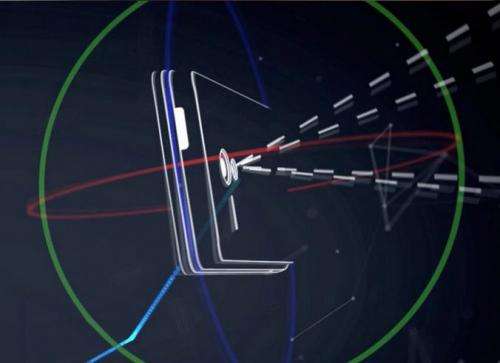On Thursday the news hit: Lorraine Luk in Hong Kong and Rolfe Winkler in San Francisco had the story in The Wall Street Journal that "according to people briefed on the company's plans" Google has a seven-inch display tablet in the wings with advanced vision capabilities. How advanced? They said there would be two back cameras. Infrared depth sensors. Software that can capture 3D images.
How soon? They said the tablets will go into production beginning next month and the run will turn out 4,000 prototype tablets. The tablet could be released ahead of the company's annual developer conference scheduled for the end of June, said the WSJ, "according to a person familiar with that effort," referring to Project Tango.
The tablet initiative comes out of Google's Project Tango, which Google said is "an attempt to create a mobile device unlike like any other, a mobile device that shares our sense of space and movement, that understands and perceives the world the same way we do." A current prototype is a five-inch phone designed to track full 3D motion of the device as you hold it while creating a map of the environment at the same time. The sensors allow the phone to make over a quarter million 3D measurements every second, updating its position and orientation realtime and combining the data into a single 3D model of the space around the user.
Use examples from the project page include questions such as "What if you could walk into a store and see exactly where that thing you need to buy is, or play hide-and-seek in your home with that character from your favorite game, or help the visually-impaired navigate that place they have never been able to go on their own?"
As for the tablet, Google initially plans a small quantity for developers, according to the WSJ. The report also observed that generally "Google prefers to let developers experiment with its more futuristic devices in the hope that they will create applications that will help the devices appeal to consumers."
Project Tango
IDC analyst Bryan Ma added in the report, "It is critical to open the new technology to developers first as the key is how you can translate the technology into practical applications."
More information:
www.google.com/atap/projecttango/
online.wsj.com/news/articles/S … 04579578833557306544
© 2014 Tech Xplore





















